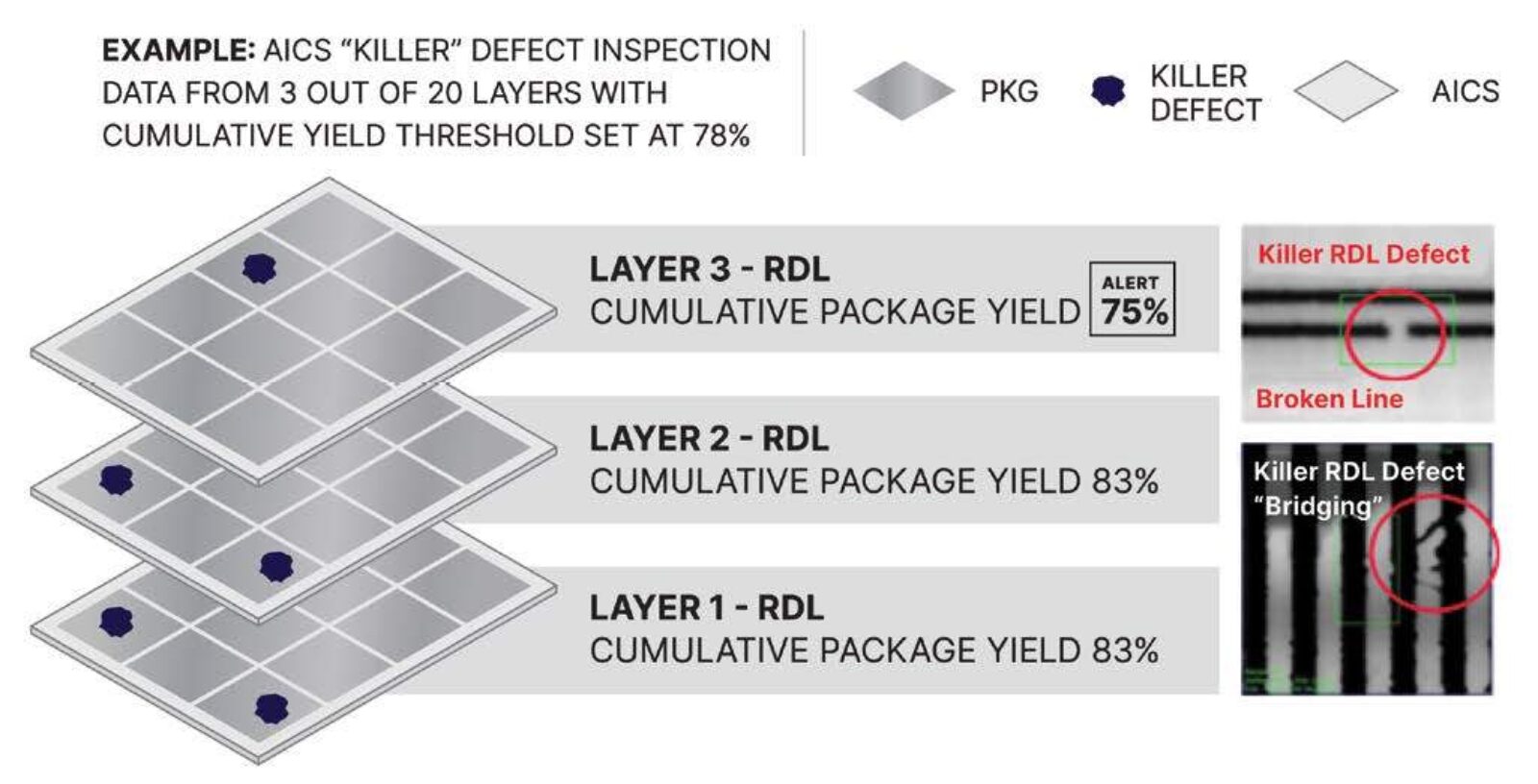Article posted on Dec 6, 2023


Faster data transfer, greater heat dissipation, less power consumption and increased functionality are all qualities that chipmakers and their customers want from their devices. Since the dawn of the semiconductor industry, the pursuit of increasingly advanced nodes has served as the industry’s North Star. But for today’s voyagers, rough seas are ahead: these nodes have decreased in size, input/output (I/O) bumps on the chip have grown smaller—and with the shrinking of these bumps, their ability to mate directly to printed circuit boards (PCB) diminishes. The way to avoid this is to use advanced IC substrate (AICS), i.e., an intermediary substrate that enables progress in panel-level packaging (PLP) and chiplets.
Chiplets are a type of advanced packaging in which multiple die—such as memory, analog and other devices— are assembled in a single, large package along with a central processing unit (CPU) or graphics processing unit (GPU). With AICS, all of these chiplets can be co-packaged together in packages that may be as large as 120mm x 120mm each, which is a considerable increase from the 10mm x 10mm-sized packages of fan-out panel - level packaging (FOPLP). These large packages allow multiple die with smaller interconnects to be assembled and then redirected to larger contact bumps compatible with a PCB. None of this means the industry has left the pursuit of next-generation advanced nodes behind, or smaller packages for that matter.
Although the semiconductor industry has turned to chiplets and other advances to meet various next level performance needs and spur new innovations, advanced nodes remain key areas of development and advancement. But this move toward extra-large AICS packages signals the need for large exposure field, fine-resolution panel-level lithography systems that can expose entire panels using fewer exposures. The journey to a new era of chiplets and PLP, however, is fraught with challenges that must be overcome, including total overlay shift, yield loss and copper-clad laminate (CCL) substrate distortion. In this article, we will focus on these three challenges to the rapidly growing AICS market and outline several solutions that we have determined will enable manufacturers to address them.